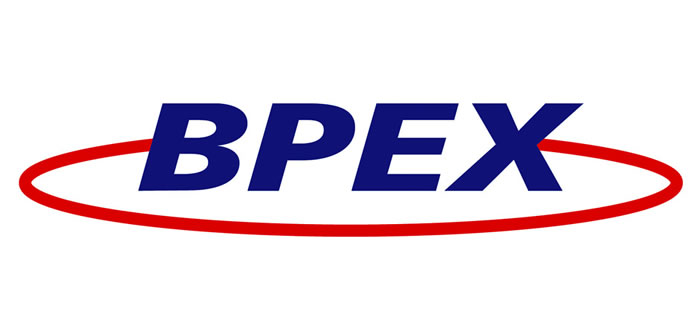Rising feed costs are placing the industry in a vulnerable position, with the prospect of “substantial losses” being suffered if costs increase to anything like the levels seen from 2011 to 2013, according to a fresh analysis carried out by BPEX.
Although many producers are still achieving an operating profit, not counting depreciation costs, BPEX says that the vulnerability of producers to a rise in costs, most likely due to higher feed prices, highlights the importance of finding ways to manage the risks associated with such a development.
“Latest AHDB estimates confirm that GB farrow-to-finish producers, on average, lost money during the first quarter of 2015,” said BPEX, adding that by the end of the quarter losses were “pushing towards £8 per head”, when taking depreciation and financing costs into consideration.
The analysis also draws attention to the way in which losses can build up during a difficult time, in contrast to the seemingly slower pace of business recovery which follows, when things improve.
“During the period of profitability which ended in late 2014, the industry is estimated to have made around £160 million after taking account of depreciation and financing costs,” said BPEX.
“However, this was insufficient to fully offset the losses made during the previous three-year period when margins were negative. These amounted to an estimated £180 million.
“This may help to explain why the high prices on offer did not lead to expansion of the UK breeding herd over the last two years.”




